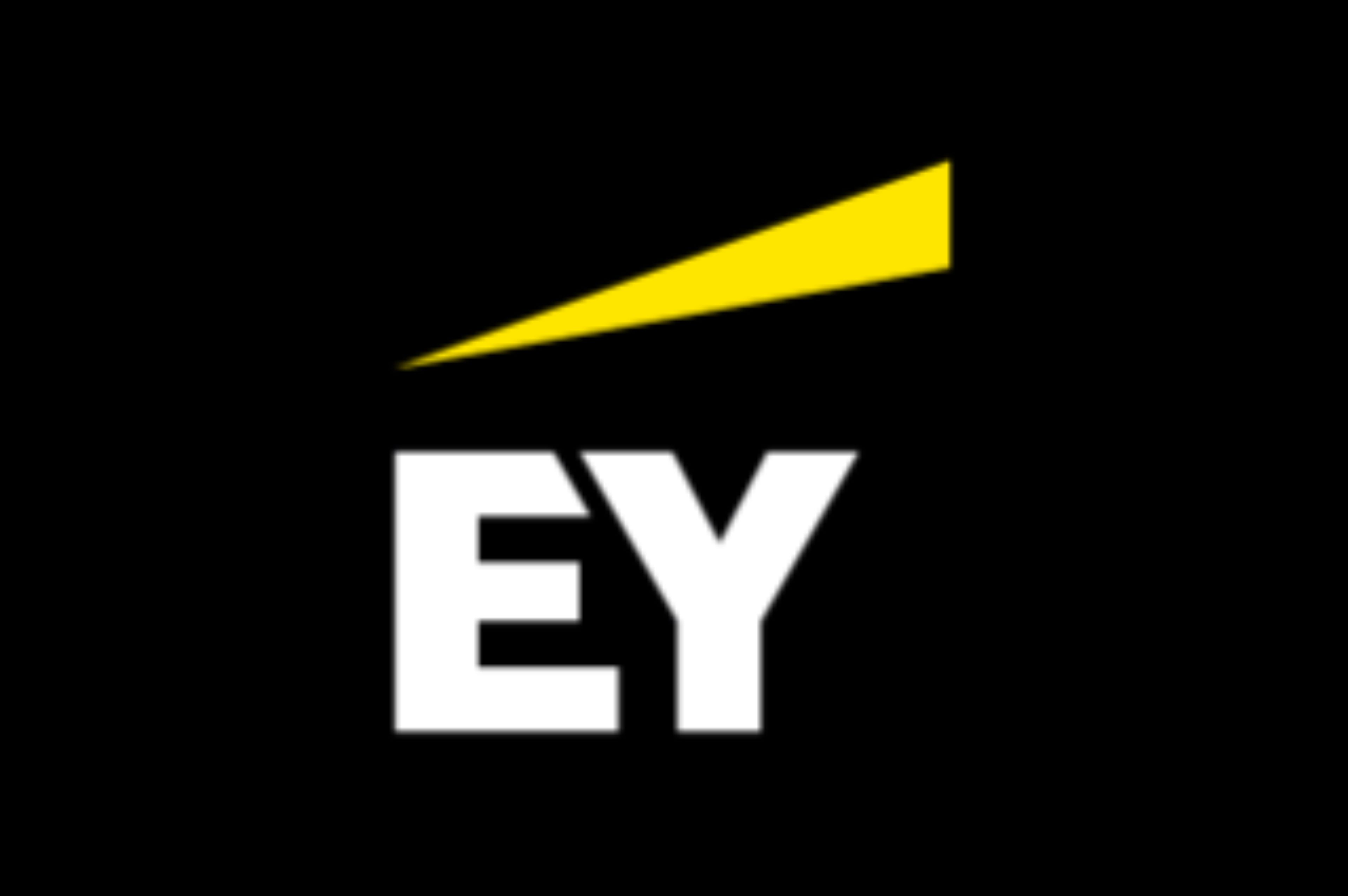EY Law LLP is a Canadian law firm, affiliated with Ernst & Young LLP in Canada. Both EY Law LLP and Ernst & Young LLP are Ontario limited liability partnerships. For more information about the global EY organization please visit www.ey.com.

Tax Alert 2025 No. 27, 1 May 2025
On 28 April 2025, subject to any potential recounts, the federal Liberal Party was re-elected with a minority government. As it stands at the time of writing, the Liberal Party has 169 seats and will thus need the support of a few members of the opposition parties — likely from the New Democratic Party or the Bloc Québécois — to adopt their commitments, which include a number of proposed tax measures for individuals and corporations (a minimum of 172 seats is required to have a majority of seats in the House of Commons).
We expect several of the proposed tax measures contained in the election platform to be included in the next federal budget.
The tax measures that formed part of the Liberal Party’s 2025 election platform, Canada Strong, include the following:
Business income tax measures
- Immediate expensing and accelerated investment incentive (AII) – Extending immediate expensing for manufacturing or processing machinery and equipment, clean energy generation, energy conservation equipment and zero-emission vehicles, as well as the AII. This will likely build on or be similar to the proposed measures announced in the 2024 Fall Economic Statement (see EY Tax Alert 2024 Issue No. 63, Federal Fall Economic Statement 2024.
- Carbon capture, utilization and storage (CCUS) tax credit – Extending the full value of the credit to 2035. Currently, the credit is scheduled to be phased out by reducing the credit rate beginning in 2030, before it is fully eliminated after 2040.
- Clean economy tax credits – Continuing with the six clean economy investment tax credits, including the enacted CCUS, clean technology, clean hydrogen and clean technology manufacturing investment tax credits, and the proposed clean electricity and electric vehicle supply chain investment tax credits.
- Critical mineral tax incentives – Expanding existing tax incentives for critical mineral exploration and extraction, including:
- Critical mineral exploration tax credit – Expanding qualifying minerals to include critical minerals necessary for defence, semiconductors, energy and other clean technologies.
- Canadian exploration expenses (CEE) – Expanding CEE to include costs of technical studies, such as engineering, economic and feasibility studies for critical mineral projects.
- Clean technology manufacturing investment tax credit – Modifying the credit to include critical mineral mine development expenses for brownfield sites while expanding the list of priority critical minerals.
- Critical mineral exploration tax credit – Expanding qualifying minerals to include critical minerals necessary for defence, semiconductors, energy and other clean technologies.
- Scientific research and experimental development (SR&ED) – Increasing the claimable amount under the SR&ED incentive program to $6 million for small to medium-sized Canadian companies, along with other reforms. This will likely build on the proposed measures announced in the 2024 Fall Economic Statement (see EY Tax Alert 2024 Issue No. 63, Federal Fall Economic Statement 2024).
- Patent box – Moving forward with a patent box regime.
- Artificial intelligence (AI) deployment tax credit – Introduction of a new 20% tax credit for qualifying AI adoption projects by small and medium-sized businesses that can demonstrate job increases.
- Multi-unit rental building tax incentive – Reintroduction of a tax incentive for home builders of multi-unit rental housing.
- Flow-through shares – Introducing flow-through shares for Canadian start-ups, to support businesses in AI, quantum computing, biotech and advanced manufacturing.
- Tax system review – Review of the corporate tax system with a view to transparency, simplicity, sustainability and competitiveness.
The election platform also contained commitments to the international reform measures proposed by the Organisation for Economic Co-operation and Development and to leverage technology at the Canada Revenue Agency to identify tax evasion, fix loopholes and strengthen enforcement.
Personal income tax measures
- Tax rate – Reducing the marginal tax rate on the lowest tax bracket by 1 percentage point, as of 1 July 2025.
- Tax credit for personal support workers – Introducing a refundable health care workers hero tax credit of up to $1,100 a year.
- Registered retirement income fund (RRIF) – Reducing the minimum amount that must be withdrawn from a RRIF by 25% for one year.
- Disability tax credit – Reviewing and reforming the process to apply for the disability tax credit, as well as considering expanding the eligibility criteria to include additional impairments.
- Labour mobility tax deduction – Expanding the tax deduction for workers travelling more than 120 km from their home to a job site, by significantly increasing the per-year tax deduction limit upon consultation with key industries.
- Automatic tax filing – Delivering automatic tax filing starting with low-income households and seniors, to ensure they access the benefits they are entitled to.
Indirect tax measures
- GST – Cutting the GST for first-time homebuyers on homes up to $1 million, as well as lowering the GST on homes between $1 million and $1.5 million for first-time buyers.
- Carbon tax – Amending the Greenhouse Gas Pollution Pricing Act to legislate the repeal of the consumer carbon tax, as well as making sure large emitters pay through improvements of the output-based pricing system (while protecting the competitiveness of the Canadian industry) and delivering a plan to reduce emissions and drive investments in clean technologies.
Customs measures
- Free trade deals – Pursuing new trade deals with MERCOSUR and ASEAN.
- Special Import Measures Act (SIMA) – Modernize the SIMA particularly to update Canada’s trade remedy tools in situations of circumvention or diversion, including legislating express timelines for safeguard actions.
- Carbon border adjustment mechanism – Developing a carbon border adjustment mechanism to promote fair competition with our trading partners.
Learn more
For more information, please contact your EY or EY Law advisor.
Download this tax alert
Budget information: For up-to-date information on the federal, provincial and territorial budgets, visit ey.com/ca/Budget.

